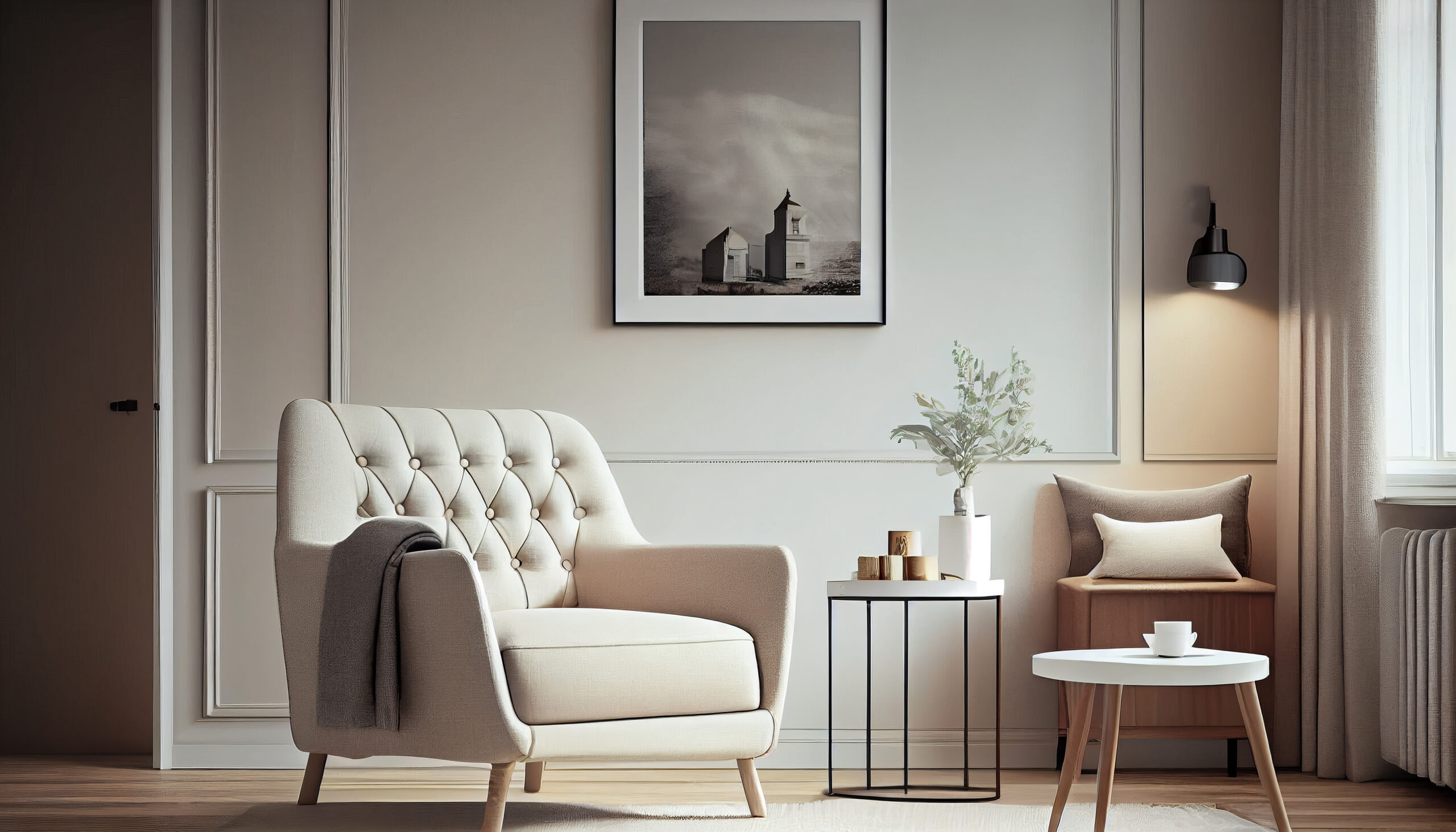In the realm of interior design, wainscoting stands out as a timeless architectural feature that adds sophistication and charm to any space. This decorative wall treatment has graced homes, palaces, and public buildings for centuries, evolving in style and purpose over time. In this article, we’ll delve into the essence of wainscoting, explore a brief history, distinguish between various styles and types, and provide inspiration with examples to help you elevate your interior design.
What is Wainscoting?
Wainscoting refers to the application of wooden panels or decorative mouldings to the lower parts of interior walls. Today wainscoting can be seen added all over a wall top and bottom creating a feature wall. Traditionally, wainscoting was used to insulate rooms and protect walls from damage, especially in areas prone to wear and tear. Today, it serves primarily as a decorative element, enhancing the visual appeal of spaces while adding texture and depth.
A Brief History:
The origins of wainscoting can be traced back to 16th-century England, where it was initially crafted from oak or pine. The term “wainscot” originally referred to high-quality oak imported from the Baltic region. Early wainscoting consisted of wide wooden boards installed horizontally along the lower portion of walls to protect them from dampness and damage. Over time, wainscoting evolved from a utilitarian necessity to a symbol of refinement and elegance, with various styles emerging to suit different architectural preferences.
Styles and Types:
When discussing wainscoting, it’s essential to distinguish between styles and types. Styles refer to the aesthetic design or decorative pattern applied to the wainscoting panels, while types encompass the materials, installation method, and overall configuration.
Styles of Wainscoting:

Beadboard: Characterized by narrow vertical planks with a distinctive beaded groove between each panel, beadboard wainscoting adds a touch of cottage charm to interiors.

Raised Panel: Featuring recessed panels framed by stiles and rails, raised panel wainscoting exudes elegance and sophistication, making it a popular choice for formal spaces.

Flat Panel: With smooth, flat panels devoid of any raised or recessed detailing, flat panel wainscoting offers a clean and modern aesthetic suitable for contemporary interiors.

Board and Batten: This rustic style consists of alternating wide boards (the “boards”) and narrow vertical strips (the “battens”), creating a visually dynamic pattern on the walls.

Shiplap: Made famous by farmhouse décor, shiplap wainscoting features horizontally installed wooden boards with distinctive horizontal grooves between each plank.

Tongue and Groove: Similar to beadboard, tongue and groove wainscoting involves interlocking panels with tongue-and-groove edges for a seamless, uniform look.

Coffered Panel: This luxurious style incorporates recessed panels with intricate grid patterns, often found in grandiose settings such as libraries and formal dining rooms. This style can often be found on ceilings.

Modern Geometric: Embracing contemporary design principles, modern geometric wainscoting features geometric shapes and patterns, offering a fresh take on traditional wall treatments.

Wainscot Cap: Rather than covering the entire lower portion of the wall, wainscot cap wainscoting involves installing a decorative moulding on top of the existing wall, adding a visual interest.
Types of Wainscoting:

Wood Panelling: Classic and versatile, wood panelling wainscoting can be crafted from various wood species, including oak, pine, maple, and walnut, allowing for customization to suit different design schemes.

MDF (Medium-Density Fibreboard): A cost-effective alternative to solid wood, MDF wainscoting offers smooth, uniform panels that can be painted or veneered to achieve the desired finish.

PVC (Polyvinyl Chloride): Ideal for moisture-prone areas such as bathrooms and kitchens, PVC wainscoting is durable, waterproof, and resistant to mould and mildew, making it a practical choice for high-traffic spaces.

Tile Wainscoting: Infuse your walls with texture and colour by opting for tile wainscoting, which can range from sleek subway tiles to intricate mosaic patterns, adding visual interest and easy maintenance.

Fabric Wainscoting: For a soft and luxurious look, consider fabric-covered wainscoting, which involves upholstering panels with fabric of your choice, offering endless possibilities for customization.

Metal Wainscoting: Add an industrial edge to your interiors with metal wainscoting, available in materials such as stainless steel, aluminium, and copper, lending a contemporary flair to any space.

Concrete Wainscoting: Embrace a minimalist aesthetic with concrete wainscoting, known for its raw, industrial appeal and durability, perfect for modern and minimalist interiors.
wainscoting remains a versatile and enduring design element that transcends trends, offering endless possibilities for customization and creative expression. Whether you prefer the timeless elegance of raised panel wainscoting or the rustic charm of board and batten, there’s a style and type of wainscoting to suit every taste and architectural preference. By incorporating wainscoting into your interior design, you can elevate the aesthetic appeal of your space while adding character, texture, and visual interest to your walls.




